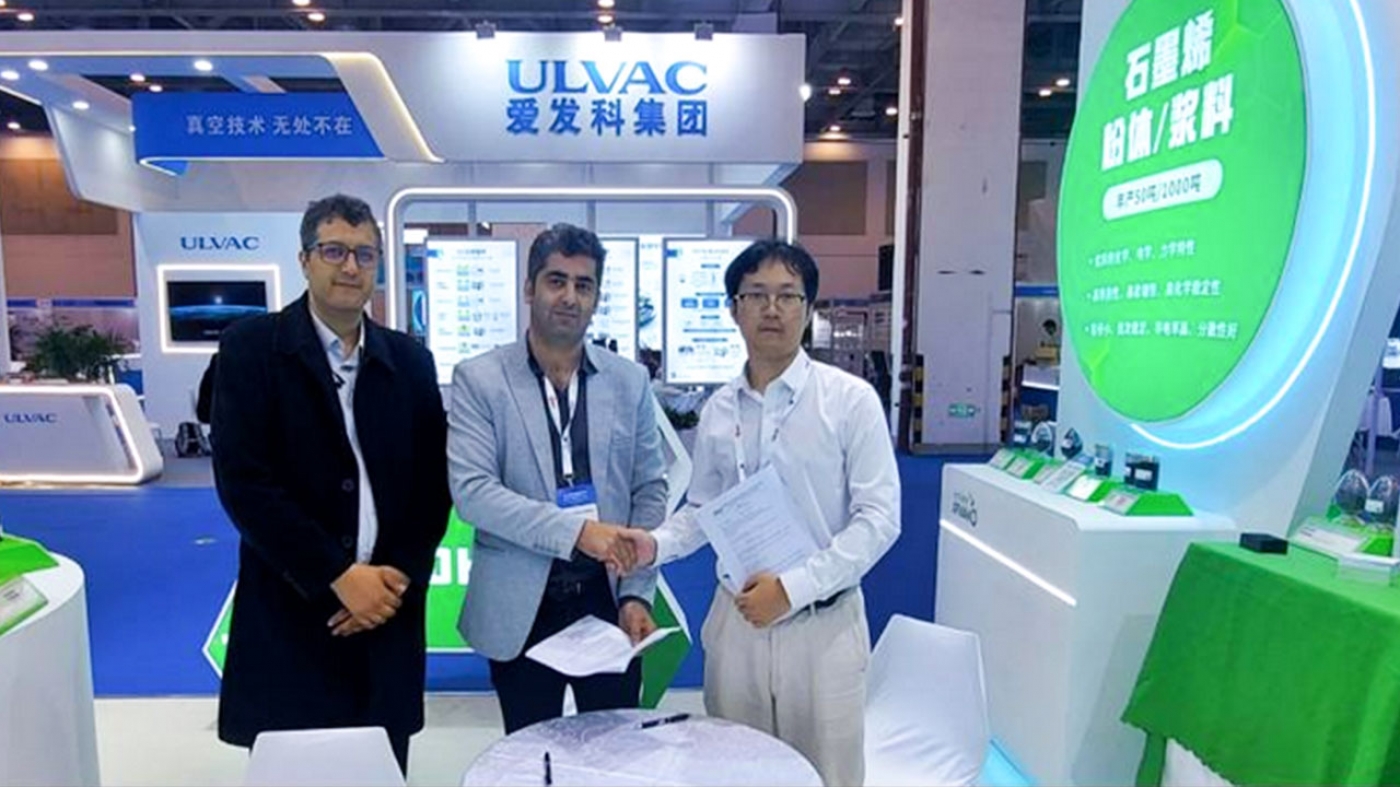Nano-objects and their aggregates and agglomerates (NOAA) are mass-produced and used in a variety of industries. The interaction of these materials with biological systems, including proteins, can be a source of concern and lead to reversible or irreversible changes in the secondary structure of proteins. Irreversible changes in protein structure can affect the function and formulation of proteins. This could has impact on overall biological reactivity of proteins. Therefore, monitoring the such changes can provide important information on NOAA interactions with biological systems.
When a protein is exposed to certain metal ions and biologically active compounds, its secondary structure is affected. In addition, secondary structure of protein is influenced by various factors such as multiple buffers with different ionic strength, pH, and temperature.
Changes in the function and formulation of proteins can be attributed to protein rearrangements and changes in the overall molecular sizes caused due to folding process.
There are several ways to specify molecular structures and formulation and also characterize their interaction with NOAAs. These methods include nuclear magnetic resonance spectroscopy (NMR), infrared Fourier transform (FT-IR), Raman spectroscopy, and UV-CD. In addition, a new method called synchrotron radiation circular dichroism (SRCD) is used as an accurate method providing information on secondary structures and protein folding.
The 106th session of the national committee for nanotechnology standards was held virtually on January 27, 2022 and the standard "Nanotechnology - Evaluation of secondary structure of protein interacting with nanomaterials using UV-CD" was approved.
This national standard specifies measurement protocols and test conditions for changes of secondary structure of a protein occurred due to its interaction with nanomaterials using UV-CD spectroscopy. This standard is not used for characterization of changes in formulation of irregular proteins.
The international standard, ISO 23459 (published in 2021), was used as a source for development of the mentioned national standard. This standard was developed with the participation of a number of researchers from the country's different universities.





